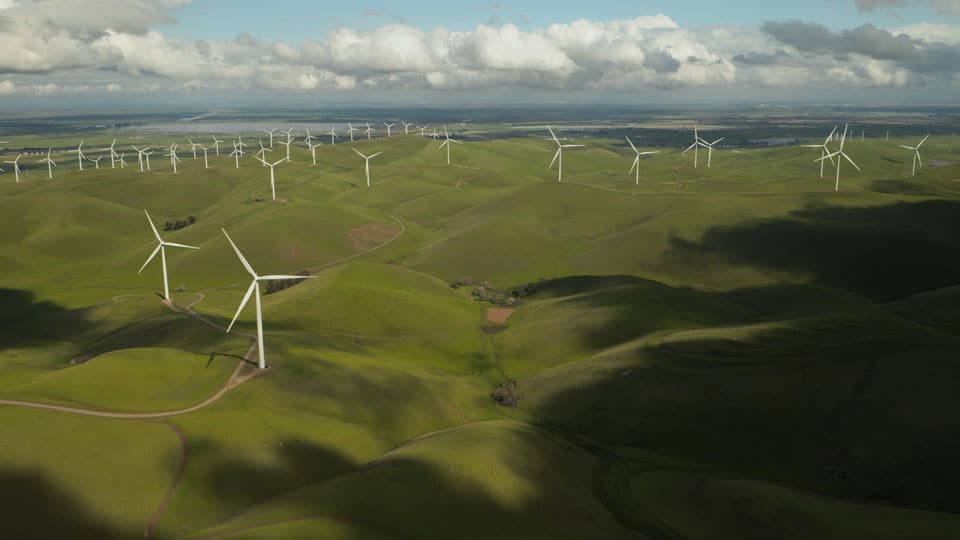Eddie Listorti, CEO of Viridios Capital, Explains the Differences and Similarities Between ACCUs and SMCs

Like many countries around the world, the Australian government is taking action to force companies to make changes for the better. Eddie Listorti, the CEO of Viridios Capital, says that two such ways it’s doing so are through the offering of Australian Carbon Credit Units (ACCUs) and Safeguard Mechanism Credits (SMCs).
Both of these items are tradable financial products and represent the equivalent of one ton of carbon dioxide emissions. These carbon credits are ways that the government can help ensure carbon emissions are lowered, even for companies that aren’t able to do it themselves directly.
Instead of reducing carbon emissions, these carbon credits can be purchased, with the money raised going toward eco-friendly projects that help better the environment. There are many differences and similarities between ACCUs and SMCs, and Eddie Listorti will explain some of them below.
How They’re Generated
ACCUs are generated through 37 methodologies that are approved under the carbon crediting scheme Australia has created. They typically come from projects based around the land, including removing livestock, regenerating forests, and burning savannas and native plantings.
There are also methods for generating these credits under industrial projects. One such example is when methane gas from a landfill is converted to electricity or biogas or even flared.
SMCs, meanwhile, are issued to any facility that’s able to beat its emissions limit or its baseline. Because these credits are generated in an emissions limit that’s already regulated, they aren’t subject to the ACCUs’ additionality standards.
Who Purchases Them
Since 2015, the government has been the largest purchaser of ACCUs. That being said, private entities can still access the market to either meet compliance obligations or make commitments to carbon reduction on a voluntary basis.
The enhanced Safeguard Mechanism, though, will result in the market for ACCUs being driven by private entities looking to get in compliance as their facility baselines continue to decline over the years.
The Australian government still has plans to purchase ACCUs through what is known as the Powering the Regions Fund. These purchases will be made through contracts for carbon abatements that are already existing.
Who’s Subject to Them
Created in 2016, the Safeguard Mechanism established a framework for the industrial facilities in the country with the highest emissions to ensure that the greenhouse gases they emit don’t exceed certain baselines.
As Eddie Listorti explains, companies that fall into this characterization are any that have scope 1 emissions that exceed the equivalent of 100,000 tonnes of carbon dioxide annually. If any facility exceeds its nominated baseline, its operator can surrender any ACCUs it has to offset these new emissions exceedances.
About 219 industrial facilities in Australia are currently subjected to the Safeguard Mechanism, and large corporations own all of them.
SMCs can now also be issued to facilities if their emissions stay below their own baseline limits, as mentioned above. In other words, they don’t have to be purchased.
There are potential changes to Australia’s carbon credit market coming down the pipeline, including the use of international carbon offsets, and ACCUs and SMCs could evolve over time as a result.
About Eddie Listorti
Eddie Listorti is the Founding Partner and CEO of Viridios Group. He has a proven track record with 30 years in business and banking. His experience includes managing teams of over 2,000 people and annual revenues exceeding AUD 2 billion. Mr Listorti has held board positions in industry bodies and joint venture partnerships.
Have you read?
Best Fashion Schools In The World.
Best Business Schools In The World.
Best CEOs And C-Suite Executives In The World.
World’s Most Influential and Innovative Companies.
World’s Best Hospitality And Hotel Management Schools.
Bring the best of the CEOWORLD magazine's global journalism to audiences in the United States and around the world. - Add CEOWORLD magazine to your Google News feed.
Follow CEOWORLD magazine headlines on: Google News, LinkedIn, Twitter, and Facebook.
Copyright 2025 The CEOWORLD magazine. All rights reserved. This material (and any extract from it) must not be copied, redistributed or placed on any website, without CEOWORLD magazine' prior written consent. For media queries, please contact: info@ceoworld.biz








